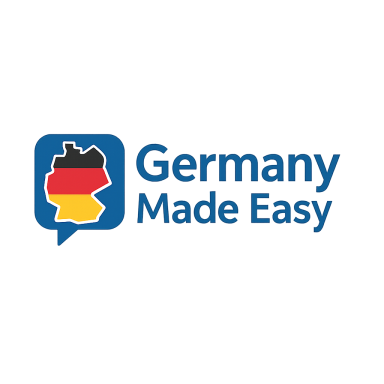Getting Around: Trains, Tickets & Transport Tips for Germany
Germany has one of the most efficient public transport systems in Europe – but if you're not used to it, it can feel overwhelming at first. Here's everything you need to know to get around like a local (without speaking German or stressing out).
1. Types of Trains in Germany
There are several types of trains – and knowing the difference matters:
ICE (InterCity Express): High-speed trains, long-distance, fast and expensive.
IC/EC (InterCity/EuroCity): Slightly slower than ICE but still long-distance and comfortable.
RE (Regional Express): Slower, regional trains that stop in more towns.
RB (Regional Bahn): Even more stops, more basic.
S-Bahn: Local commuter trains in cities and suburbs.
U-Bahn / Tram / Bus: Local public transport within cities.
2. How to Buy a Train Ticket
There are three main ways to buy tickets:
A) Online or App (recommended)
Use the official app DB Navigator (by Deutsche Bahn). It’s in English and works well.
You can buy, store, and show tickets directly in the app.
B) At a Ticket Machine
Most stations have touchscreen machines with English menus. Pay by card or cash.
C) At a Counter
Only in bigger stations – and sometimes a long wait. The app is better.
Important:
Local trains (S-Bahn, RE, etc.) usually don’t require a seat reservation. Just get on.
Long-distance trains (ICE/IC) can be reserved – and it’s smart to do so during busy times.
3. Validate Your Ticket – Sometimes
If your ticket is printed and not tied to a specific train/time, you MUST stamp it at a little red or yellow box before boarding. This is called “Entwerten” (validation).
If it’s from the app or has a date/time printed, you’re good to go.
4. Seat Reservations
On ICE trains: Seat reservation is optional, but recommended during weekends, holidays, or rush hours.
Without a reservation: You can sit anywhere without a “Reserviert” label above the seat.
Bonus tip: If a seat says “Reserviert ab [City]”, that means it’s reserved starting from that city – so you can sit there until then.
Extra Tip
When in doubt, ask a younger local – most speak English and are happy to help. Or just follow the crowd – Germans know where they’re going.
5. Trains Are Punctual – Mostly
Germany is known for punctuality, but let’s be real: delays happen, especially with long-distance trains.
Use the DB Navigator app to track delays, platform changes, or cancellations.
6. Local Transport: U-Bahn, Tram, Bus
In cities like Berlin, Munich, or Hamburg:
U-Bahn = Subway/Metro
S-Bahn = Suburban/urban rail
Tram = Streetcars
Bus = Obvious 😄
You can often use one ticket across all systems (e.g. S-Bahn + Tram + Bus in the same city zone).
7. Ticket Zones and Day Passes
Ticket prices depend on zones and duration.
Short trips = cheaper, limited stops
Day tickets = great if you plan to take multiple rides
Group tickets = cheaper if you travel in pairs or groups (2–5 people)
Example: In Munich, a day pass for 1 person is cheaper than 2 single rides. In Berlin, the "AB" zone covers most tourist areas.
8. Don’t Ride Without a Ticket
Seriously – there are no gates, but random checks are common.
Getting caught = €60 fine, no excuses accepted (“I didn’t know” won’t work).
Have your ticket + passport ready for inspectors.
© Copyright. Alle Rechte vorbehalten. Impressum - Datenschutz
Wir benötigen Ihre Zustimmung zum Laden der Übersetzungen
Wir nutzen einen Drittanbieter-Service, um den Inhalt der Website zu übersetzen, der möglicherweise Daten über Ihre Aktivitäten sammelt. Bitte überprüfen Sie die Details in der Datenschutzerklärung und akzeptieren Sie den Dienst, um die Übersetzungen zu sehen.
